White Square was a temporary open-air venue for the Latvian National Opera and Ballet. It was a large, real-life example of the potential of upcycling and the creative reuse of neglected materials, accessible to all in a prominent location in Riga. The architects – Latvia-based Open AD – designed White Square from metal parts and scaffolding, which were once stage design elements. The installation encouraged thinking about the untapped potential in each of us, the things we create and discard.
A seasonal pop-up venue for the Latvian National Opera and Ballet (LNOB). Its main construction material came from the LNOB’s own storage facility where stage decorations and scaffolding end up.
Pandemic restrictions had pulled the brakes on indoor events at the LNOB. Its administration turned to Open AD with a brief to create a flexible outdoor space for hosting pandemic-appropriate events. The result was White Square – an open-air venue, which welcomed visitors from June to September 2021 in front of the LNOB’s building in central Riga.
On most weekdays White Square served as an informal co-working and meeting platform. Users had access to electricity, Wi-Fi and drinking water. While there, visitors could learn about upcoming LNOB events. By establishing a new and open presence, this was a way to draw untapped audiences to the LNOB.
The platform could be adapted for different events, such as screenings and live performances, allowing the LNOB to extend its season, engage with loyal and new audiences, and catch up on months missed due to restrictions.
In terms of the philosophy behind White Square, it was about knocking down imaginary barriers. Between each of us and our individual potential. The “elites” and the general population. The backstage and the limelight. The current state of the world and a brighter future. By illustrating how it’s possible to reuse discarded and supposedly useless old stage design elements, visitors were invited to address their own potential, power, and ability to create change in the context of a better future.
Please highlight how the project can be exemplary in this context
The venue was a temporary, short-term solution. In such cases it’s common to build something from scratch and discard as soon as it has served its purpose; that’s the path of least resistance. However, we wanted to create a durable solution, which could be adapted and used again. Since the client was the LNOB, our first question was “what do you already have in store?” because we had the feeling that the storage facility would house potential base materials. Indeed, we found pieces of scaffolding and metal structures from former stage decorations. The idea of bringing the backstage into the light became the backbone of the design concept.
This was an opportunity to introduce the broader public to the idea of upcycling in a central part of Riga with heavy footfall. By showing a practical example of reuse, it demonstrated the role architects, designers, and each of us can play in shaping a more sustainable future.
Please highlight how the project can be exemplary in this context
From the architects’ perspective, we wished for White Square to encourage people to think about the real meaning of sustainability and the actions each of us can take to ensure a more sustainable future. While the concept of sustainability gets a lot of attention, it is often spoken of in scientific and abstract terms. White Square, however, was a tangible example of upcycling – an activity anyone can engage in. It invited people to embrace their own potential and dare to be creative.
From the LNOB’s perspective, we wanted to open our “doors”. To make the backstage aesthetics more visible and enjoyable for local audiences and city visitors by letting them explore and enjoy the usually unaccessible parts of the decorations and stage.
Please highlight how the project can be exemplary in this context
White Square was open to the public; all the events held there were free of charge. Due to epidemiological rules seating was limited and visitors were required to book invitations, but everyone had the opportunity to enjoy the events. The event programme included the International Baltic Ballet Competition semi final and final, a screening of the concert “Summer with Opera Stars” and two live events for children – “Come to the Opera!” and “Come to the Ballet!”.
On event-free days the installation was open to anyone as an outdoor meeting point - somewhere to co-work, catch up or have a lunch break. Visitors had access to free drinking water, electricity, and Wi-Fi. While there, they could learn about upcoming events. It became a platform to catch the attention of people who didn’t previously know about the LNOB’s programme or held stereotypes about it. By bringing the stage outside, White Square could bust outdated myths about the opera being expensive, inaccessible, old-fashioned, and elitist. It showed that the institution has the interests of society at heart.
Since the architects were directly involved in the building process, it was also an opportunity to clarify the role of an architect to the wider public. It showed that architects are not just figures who create an idea and oversee its implementation from afar. Rather, architects, too, are active, hands-on participants, contributing at many levels. Their work can affect much more than the single project in hand.
Please highlight how this approach can be exemplary
White Square was built from mostly reused materials, illustrating how some things we consider rubbish can have another chance at life if we approach them with an open mind and creativity. In the spirit of modernism, every piece of the structure combined form and function; no element was purely decorative. The result questioned conventional understandings of beauty.
Since White Square was open to the public, anyone was invited to engage with the installation and the philosophy behind it, as well as the events programme it hosted.
The idea of reusing and upcycling existing materials is not new, but White Square was a rare, large-scale public example with the support of a national-level cultural institution. It’s through such examples that individuals and communities can learn the real value of the “reduce, reuse, recyle” mantra.
White Square was a public-facing and accessible example of upcycling in a prominent location. It illustrated the potential of our collective creativity to revive and reuse discarded items. If an institution as renowned and respected as the LNOB gets on board to show its support towards the cause, the message gains more power to influence people across all decision-making levels.
The LNOB achieved local media coverage, inviting lead architect Zane Tetere-Sulce to explain the architectural concept. The message about upcycling was disseminated loud and clear with the idea of empowering listeners to activate their creativity, revise the meaning of “new” and question conventional understandings of beauty.
The LNOB held eight events with a total of approximately 1500 participants (which was the maximum capacity allowed at the time). The two children’s events proved to be the most highly demanded and quickly reached the maximum seating capacity.
Please also explain the benefits that derived from their involvement.
White Square was a public-facing initiative. Civil society was involved in the project by visiting, using, and interacting with the installation. Benefits for individuals were a comfortable new outdoor space to meet, the opportunity to learn about the LNOB and attend its events, as well as to witness a real-life example of large-scale upcycling, not just hear about the concept in theory. Visitors helped amplify the message of White Square via social media.
For the LNOB a benefit was the opportunity to reach new audiences, as well as strengthen its reputation as a contemporary, openminded cultural institution among its existing followers.
For the architects this was an opportunity to show the multifaceted nature of their work, and how architecture is evolving in line with global developments. The actual building of White Square was a collaboration between the architects and the LNOB’s technical crew, illustrating the worth of cross-disciplinary partnerships, knowledge and experience sharing.
White Square provided the means to organise cultural events in times of a global pandemic. The idea of creating a temporary outdoor venue is replicable around the world.
The venue demonstrates an alternative to temporary exhibition stands, festival tents and similar structures, which are often designed for single or short-term use. Public events are important for a sense of community and belonging, particularly in times of such division, when democracy is under threat. It is equally important to ensure such events don’t leave a damaging impact on the environment. By upcycling existing materials and designing pieces, so that they can be used again, it’s possible to save resources. The same idea can be applied to projects of a much larger scale and a permanent nature, too.
White Square was built largely from upcycled materials and designed to be used again. Instead of starting with a blank canvas, we worked with existing materials, which limited us in a way. While this approach required much less new material, it called for a high level of creative and complex thinking. We had to fit pieces together and adapt them to their new function, making sure the structure was not just aesthetic, but also practical and safe to use.
The architects worked side by side with the LNOB’s technical crew, being very involved in the physical build, not just overseeing the process from their office.
The project embodies hope, by showing how taking the time to be creative brings rewards. It illustrates that the path of least resistance may not always be the right one, but rather it is challenges that propel humanity forwards.
Please provide clear documentation, communication of methodology and principles in this context.
The project received media attention in Latvia. The LNOB team and lead architect Zane Tetere-Sulce gave interviews on TV and the radio. Both the LNOB and Open AD shared information about the White Square and its events programme via social media channels Facebook, Instagram, and LinkedIn, as well as their respective websites. The sustainability aspect was one of the key messages, placing the topic of upcycling and responsible resource management on the public agenda in a simple human-friendly language, non-preachy way and via a real-life example. The story didn’t appear in specific programmes dedicated to sustainability and greener living, but rather mainstream news slots, reaching a wider audience and avoiding the situation of “preaching to the converted”.
Some examples of the media coverage:
https://lr1.lsm.lv/lv/raksts/labriit/pie-opernama-darbu-saks-jauna-kulturvieta--vides-objekts-baltais.a146845/ (Latvian Radio 1)
https://www.facebook.com/watch/?v=328358558968408 (TV 3 morning news show)
https://www.delfi.lv/kultura/news/culturenvironment/lno-prieksa-bus-baltais-laukums-vieta-kulturas-pasakumiem.d?id=53387865 (Delfi news website)
Some visitors to the White Square also documented their experience on social media. Examples are seen under the hashtag #baltaislaukums on Instagram. This illustrates the beneficial interaction between the physical and digital worlds. If an idea is good in real life, it will be spread online – 21st century word of mouth marketing.
Photography by Alvis Rozenbergs
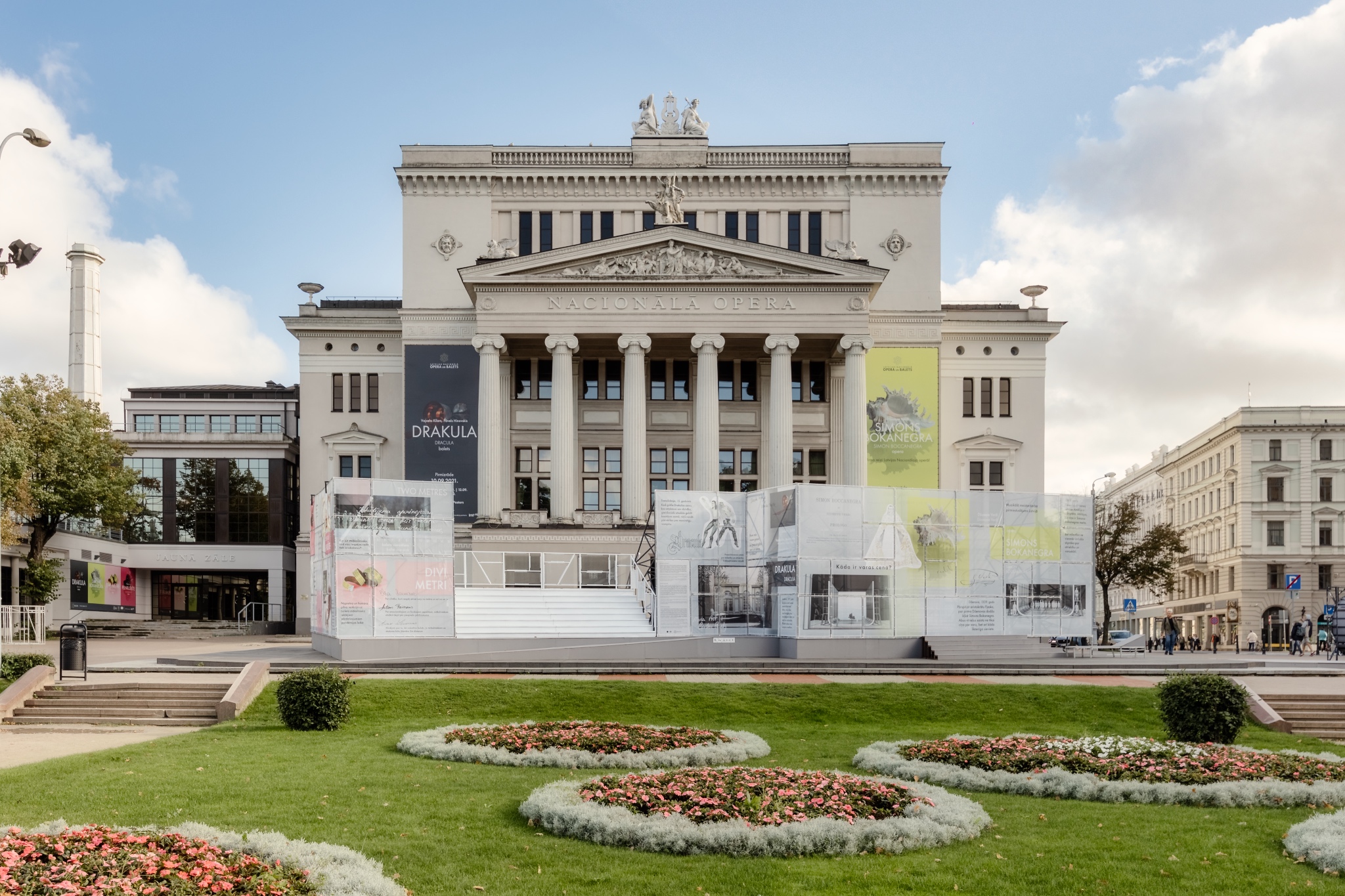
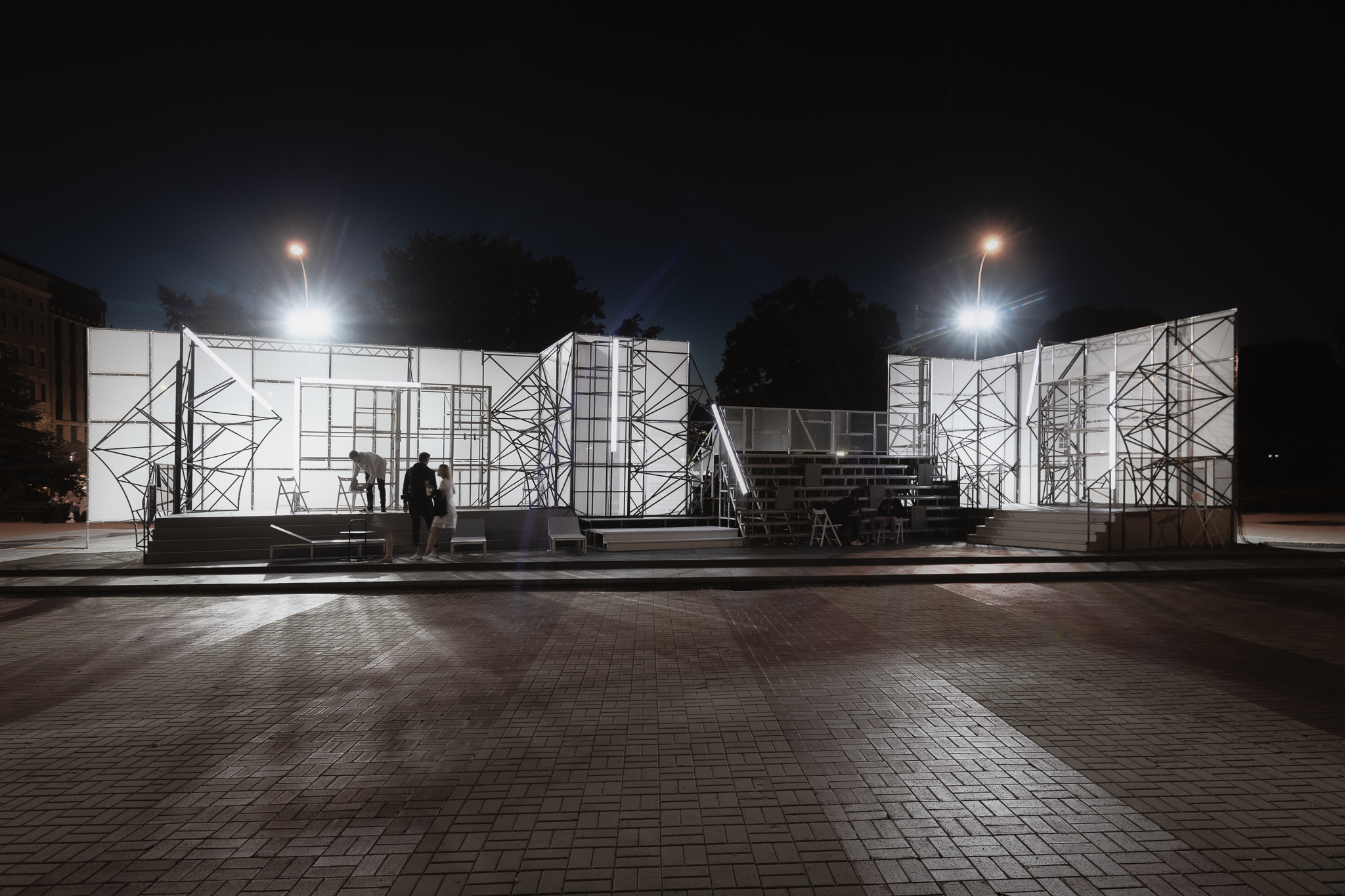
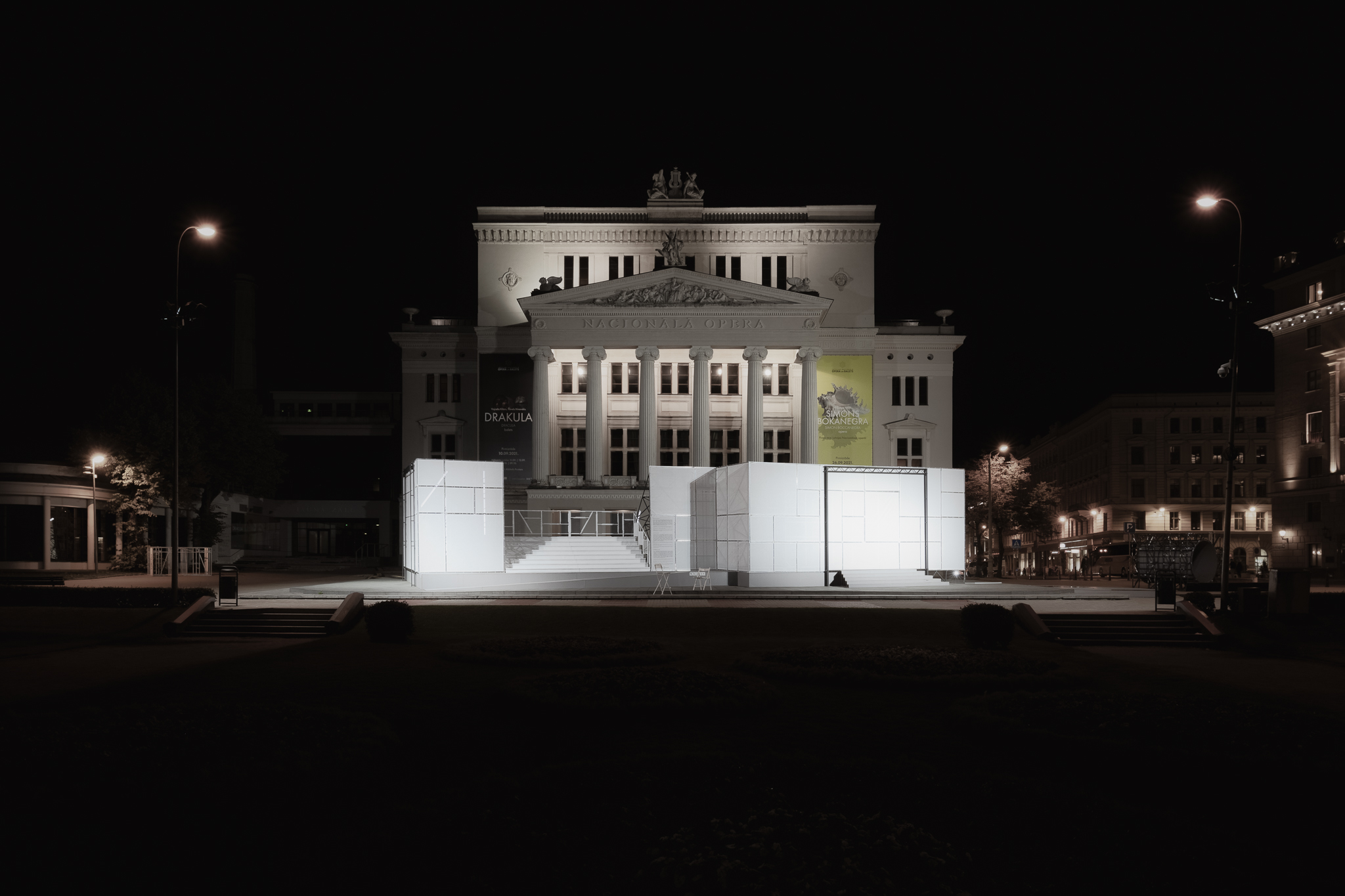
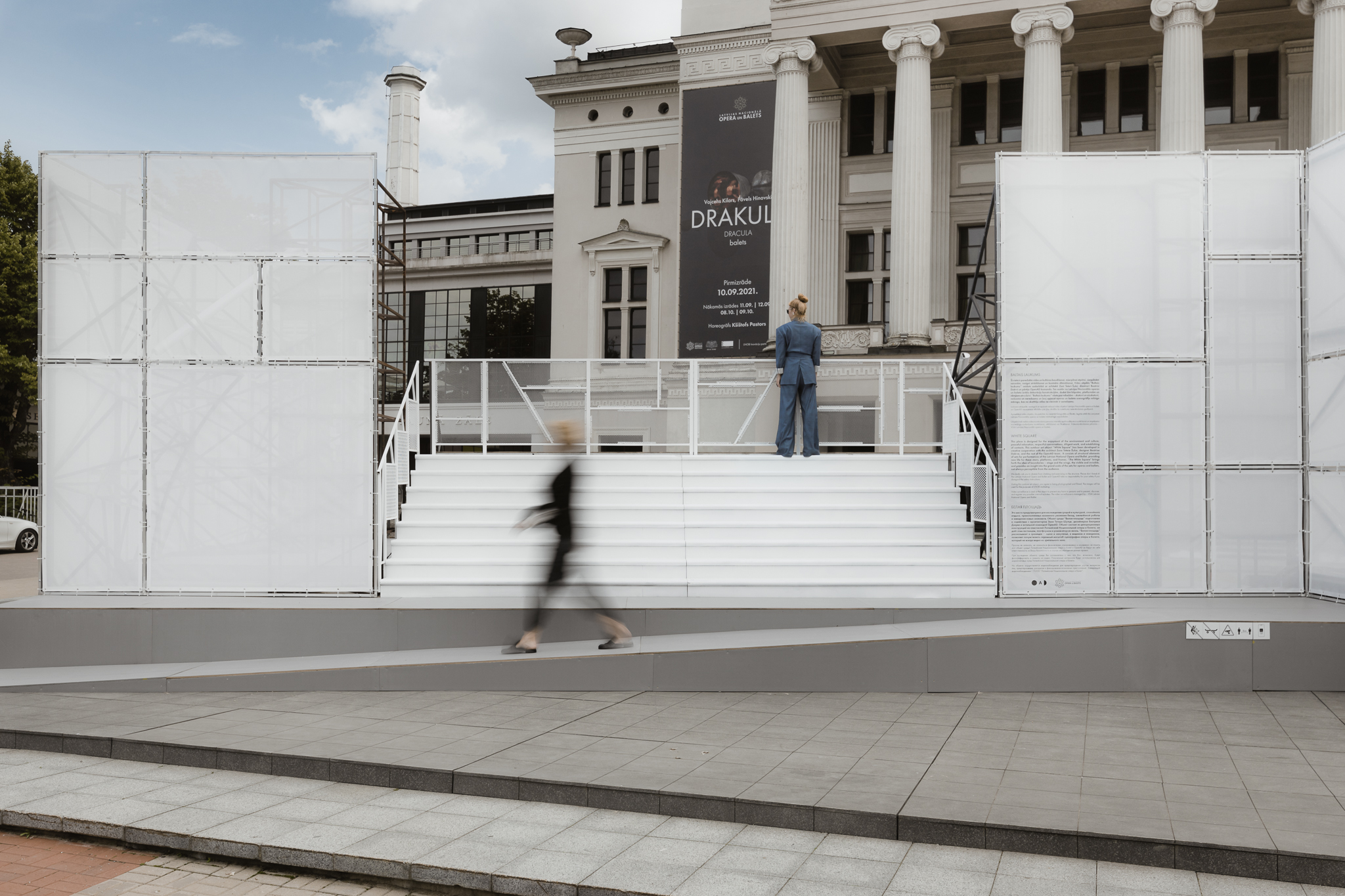

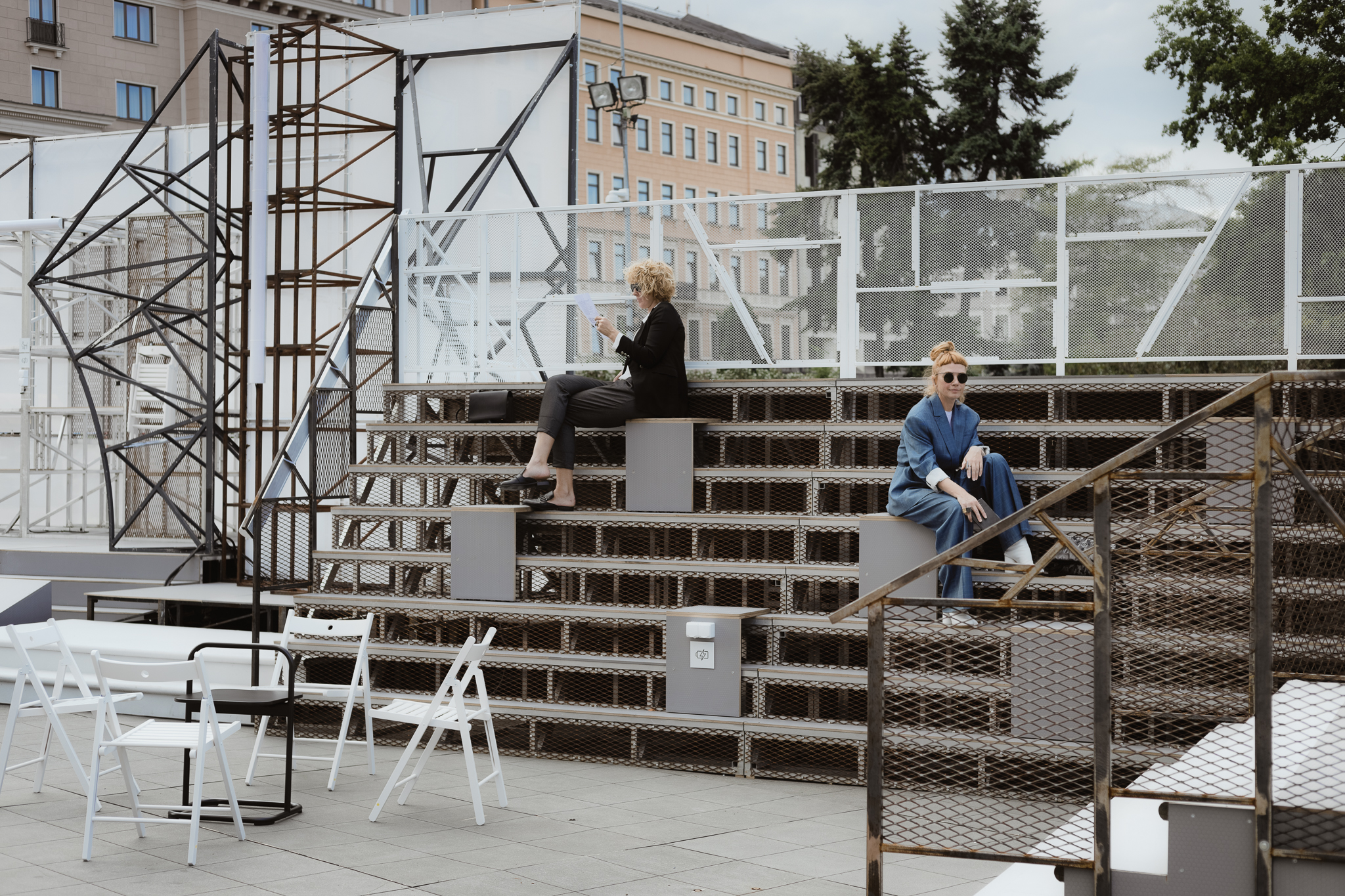
@Open AD, 2021
Content licensed to the European Union.